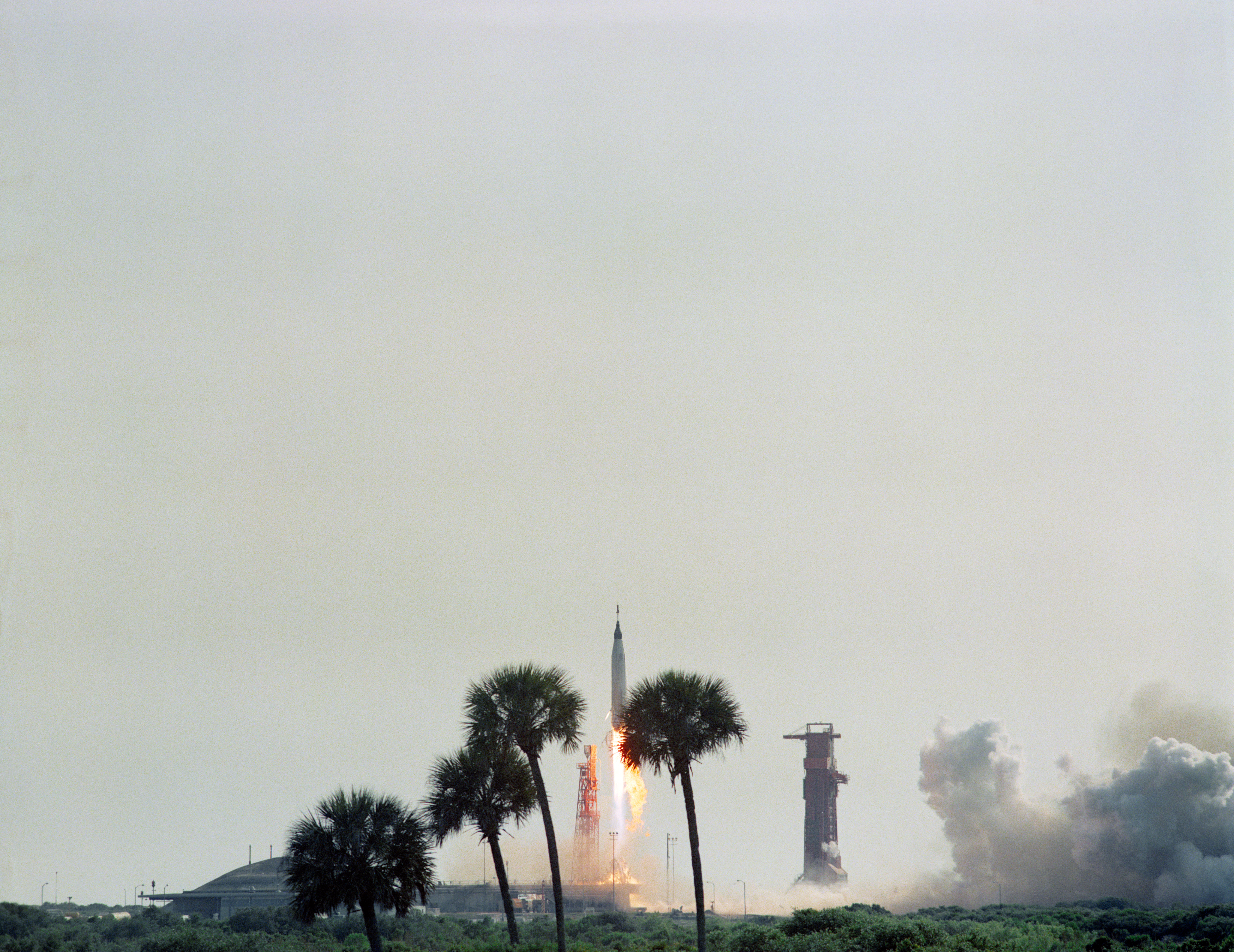
Sixty years ago today, on 15 May 1963, America launched “Original Seven” Project Mercury astronaut Gordon Cooper on the longest U.S. manned space mission ever undertaken at that time, lasting 34 hours and 22 circuits of the Home Planet. In doing so, NASA took an enormous stride toward meeting President John F. Kennedy’s directive to land a man on the Moon before the end of the decade. And whilst some within the space agency wondered if the hotshot Cooper was the right man for the job, their fears proved unfounded.
The humiliation of Yuri Gagarin’s orbital flight in April 1961 had been countered by the United States with a pair of suborbital missions the following May and July, then three Earth-circling voyages in February, May and October of 1962. Strong voices within NASA advocated ending Project Mercury at this high-watermark point, but others argued for a day-long mission to stretch the spacecraft’s capabilities to their limits and prepare for long-duration spaceflight ahead of Project Gemini.
By the year’s end, the agency was actively working toward a Manned One-Day Mission (MODM), originally planned for April 1963. Its remit envisaged 18 orbits of Earth (and about 27 hours in space), but was eventually extended to 22 orbits (some 33-34 hours), and on 14 November 1962 NASA named 35-year-old Air Force Major Gordon Cooper as the mission’s pilot, with America’s first man in space, Al Shepard as backup.
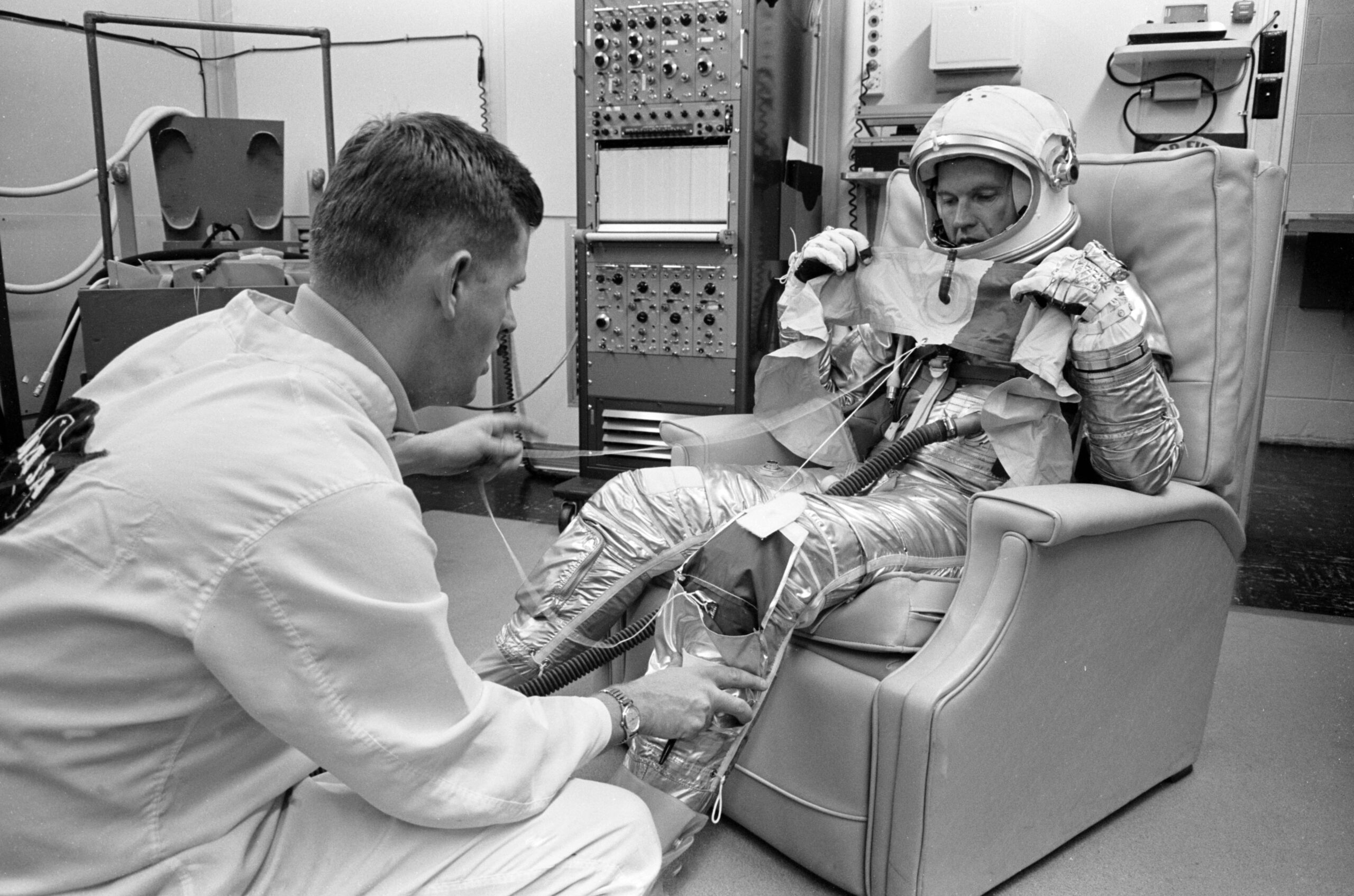
But preparations did not go well. The Atlas rocket had suffered two failures and when Cooper’s booster rolled out of the factory in January 1963 it failed its initial inspection. Following extensive rewiring of its flight controls, the mission—formally designated “Mercury-Atlas-9” (MA-9)—was rescheduled for mid-May.
Improved batteries, additional oxygen, extra cooling, more drinking water and hydrogen peroxide fuel, a full load of life-support consumables and an expansive scientific payload were aboard the most advanced Mercury capsule to date. A slow-scan television camera, a 70-millimeter Hasselblad, a 35-millimeter camera to observe the zodiacal light and a 16-millimeter motion-picture camera prompted Cooper to quip that his mission was “practically a flying camera”.
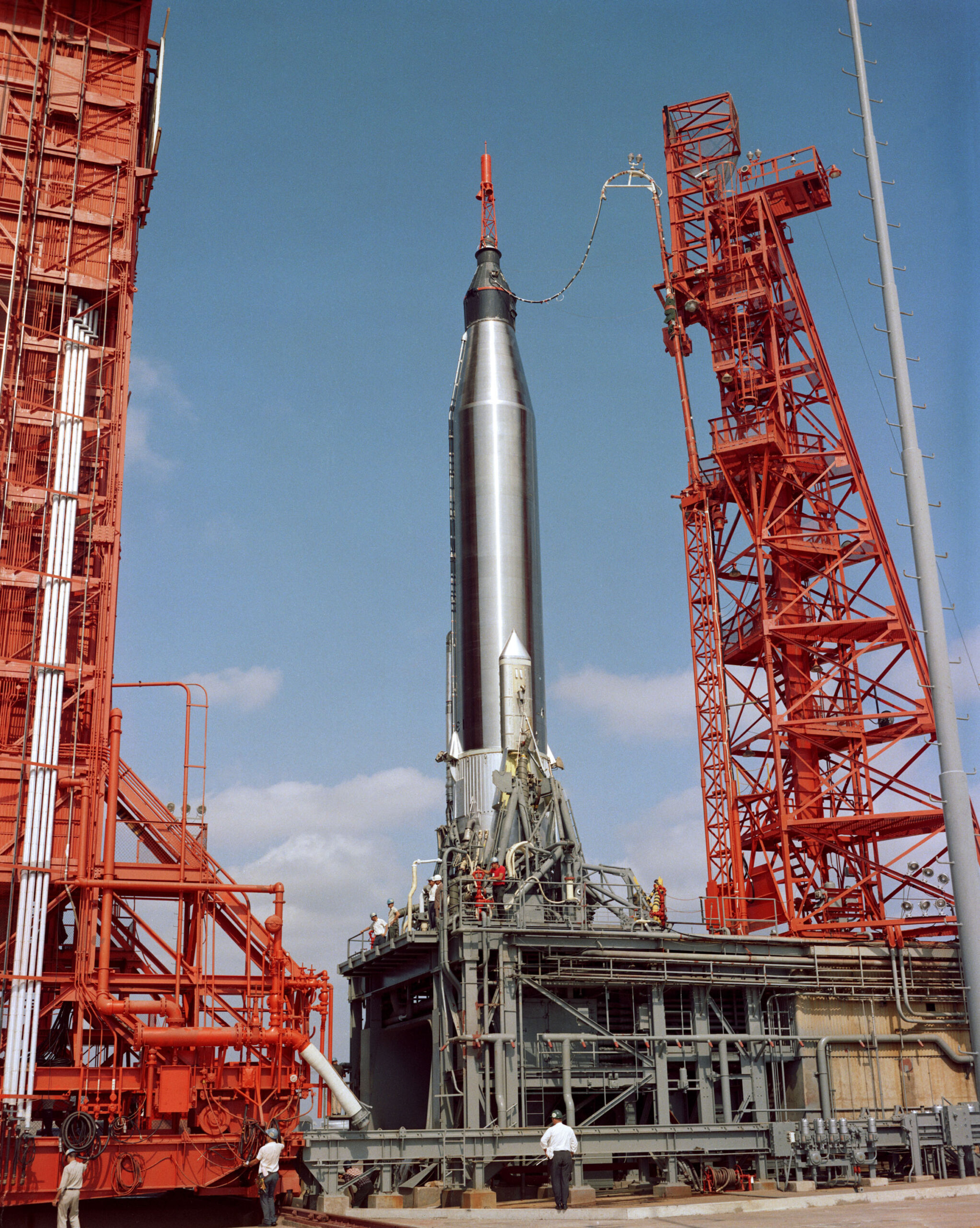
In keeping with tradition, Cooper named his ship “Faith 7”. The name honored America’s Original Seven astronauts, whilst “faith” served to recognize “my trust in God, my country and my teammates”.
In tandem with MA-9, consideration was being given to an MA-10 mission, flown by Shepard for up to three days, thereby slightly closing the spaceflight endurance gap with the Soviet Union. As part of NASA’s Project Orbit, ground trials indicated that the Mercury capsule could theoretically support a multi-day flight, but the effects of freezing of its hydrogen peroxide thrusters remained a key unknown.
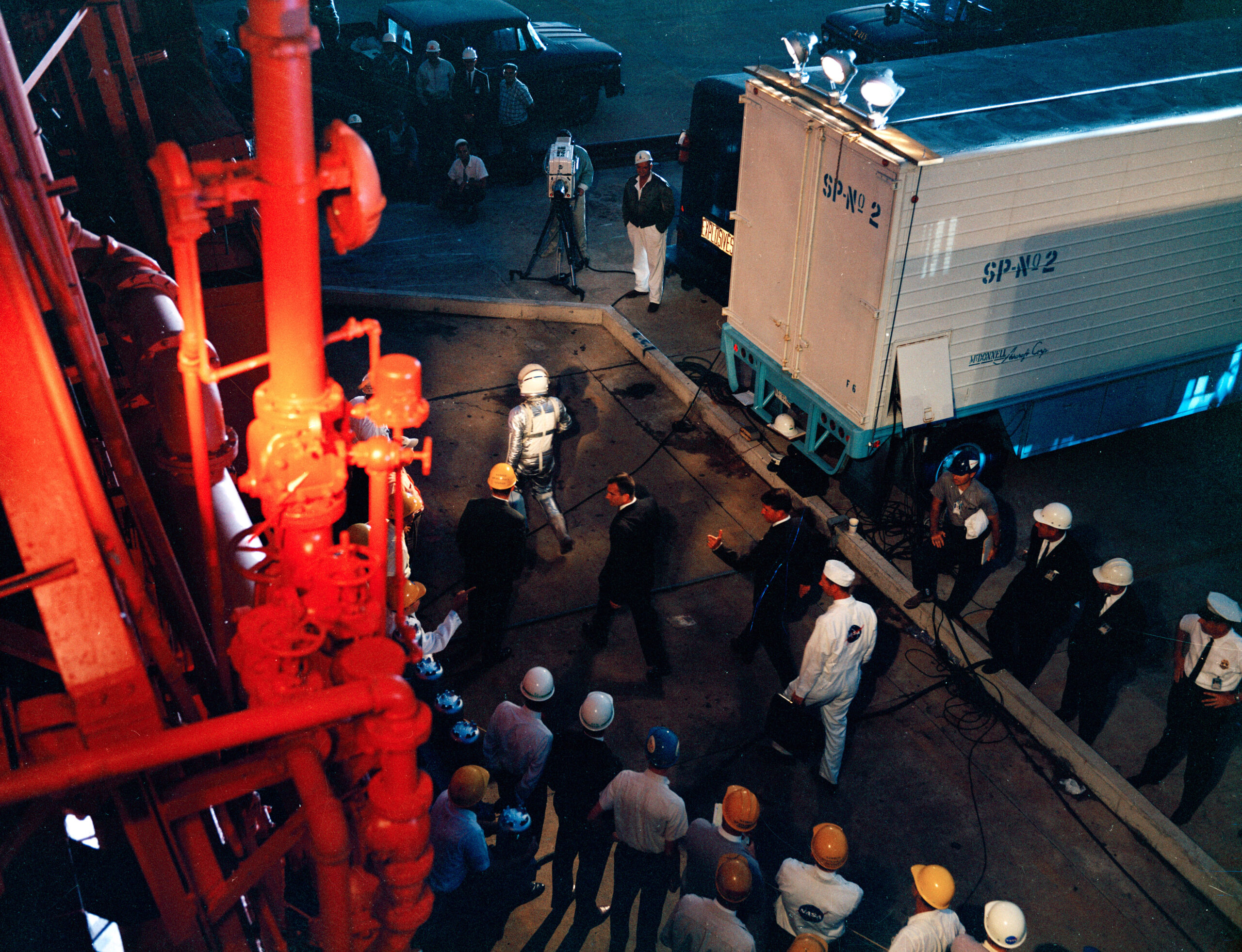
Shepard, clearly in favor of a long flight, had already gone so far as to name his spacecraft “Freedom 7-II”, reusing the name he gave to the original ship which saw him become America’s first man in space. Had it gone ahead, MA-10 might have flown in October 1963 and Shepard even lobbied JFK for his support, although the president wisely deferred the issue to NASA Administrator Jim Webb, who vetoed it principally on the grounds that Project Gemini was already primed to execute longer missions.
For his part, Cooper nearly missed out on flying in space entirely. He had gained something of a reputation as a hotshot—a daredevil pilot, with a passion for fast cars—and at one point he flew his F-106 Delta Dart jet right past the office window of Project Mercury Operations Director Walt Williams. In fury, Williams raged that he wanted Cooper’s “ass on a plate” for the stunt.
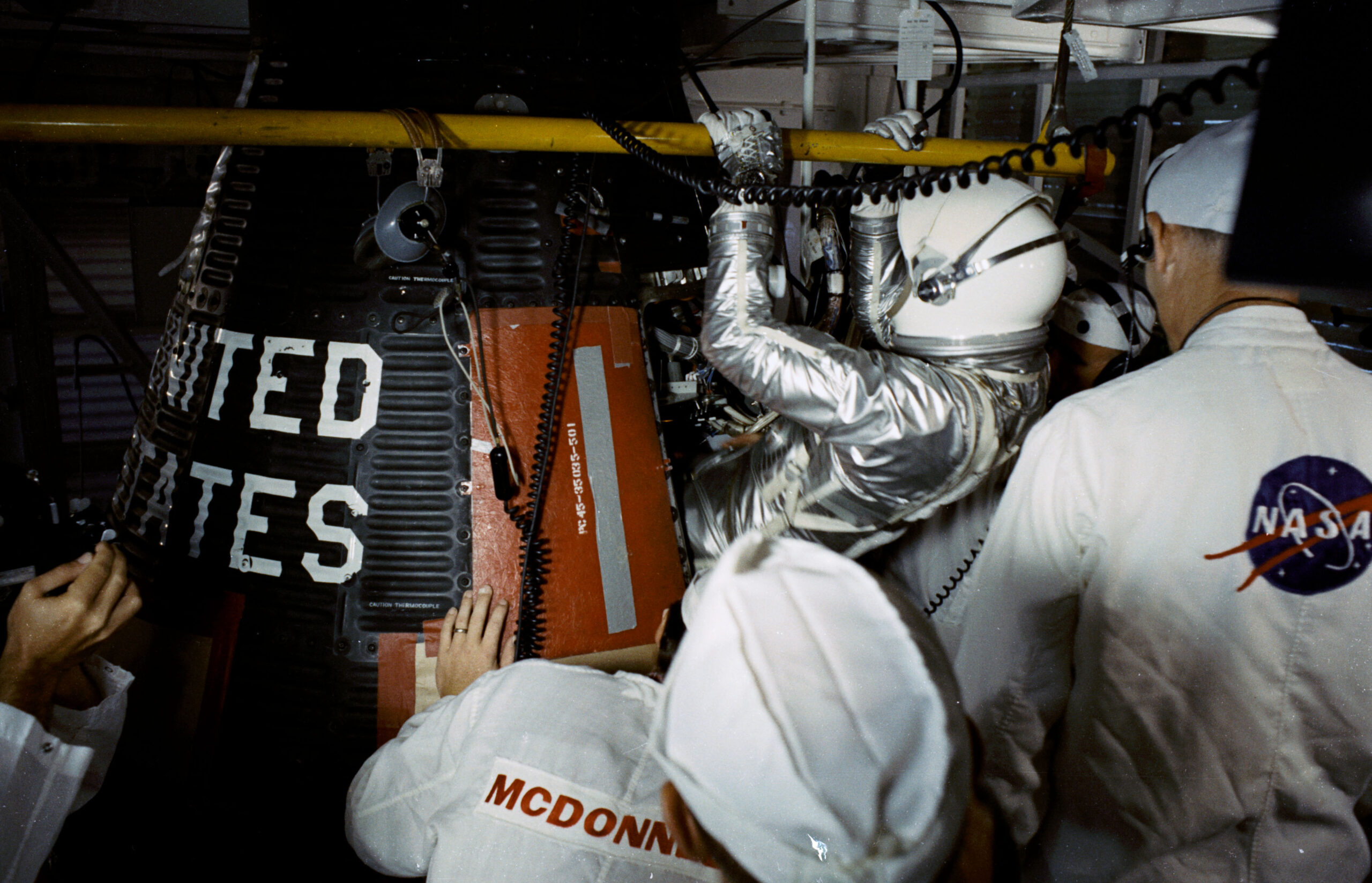
Cooper’s reputation stretched to the flight directors, too. When Gene Kranz arrived at Cape Canaveral for his first day at work, he spotted a shiny Chevrolet convertible screech to a halt just beyond his aircraft’s wingtip and Cooper stepped out to offer Kranz a lift. Cooper “peeled into a 180-degree turn and raced along the ramp for a hundred yards, my neck snapping back and forth as he floored the Chevy,” Kranz wrote in his memoir, Failure Is Not An Option. “I had never driven this fast on a military base in my life!”
Prior to being selected as one of America’s first astronauts in April 1959, Cooper was so confident that he told his boss to start looking for a replacement. But at NASA, he earned a reputation as an unpredictable complainer and in the weeks preceding May 1963 there were persistent rumors that he would be sidelined from MA-9 in Shepard’s favor.
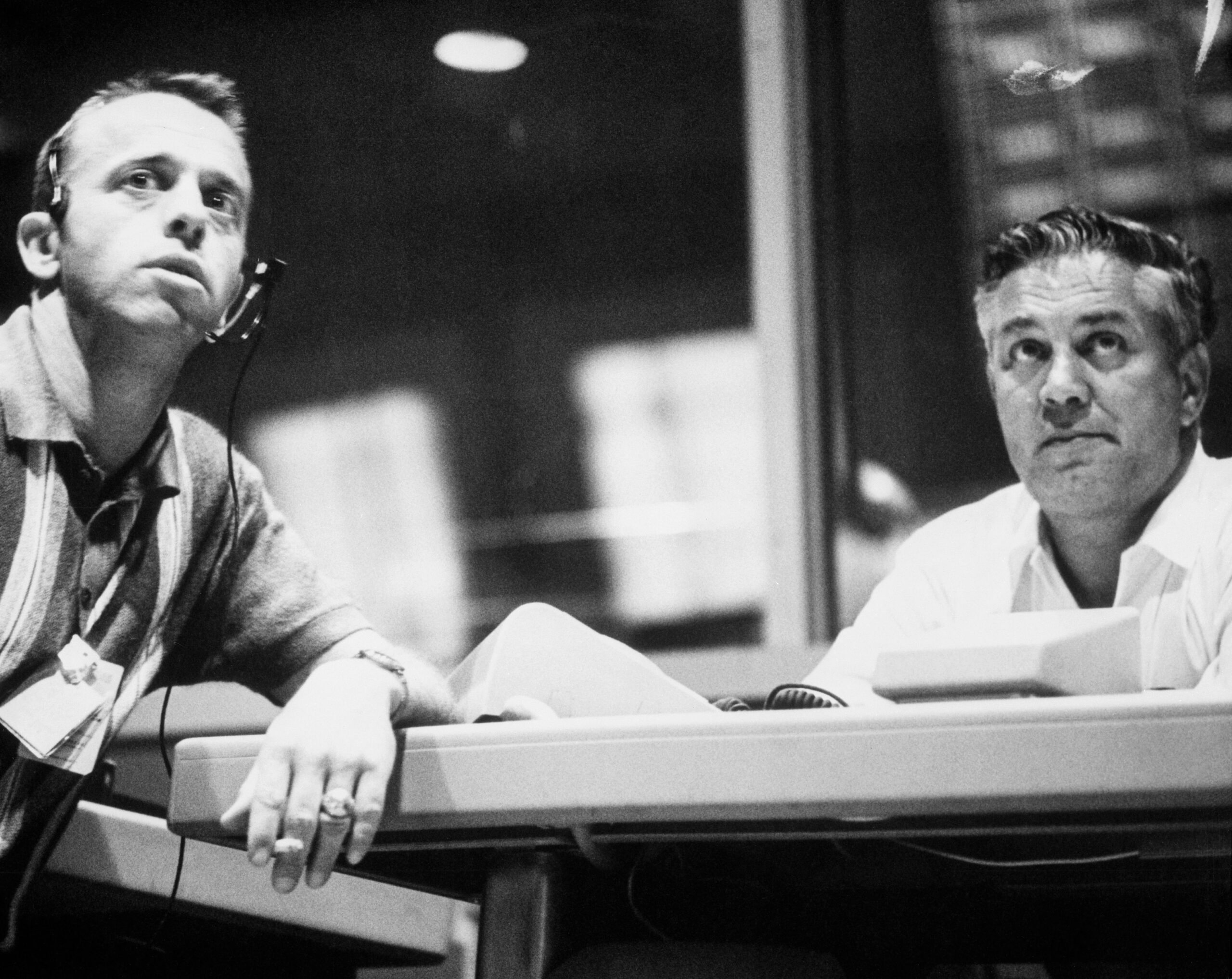
When this did not prove possible, Williams half-promised Shepard the three-day MA-10 mission, which ultimately never transpired. But Shepard gained his revenge, by lending Williams the keys to his Corvette. As Williams drove off, Shepard craftily phoned the base’s security office to tell them that “someone” had just stolen his car.
In Cooper’s mind, Faith 7 was an opportunity “to go a little bit higher and a little bit faster”. On 15 May 1963, he would fly higher and faster than ever before.
The second part of this two-part story will appear tomorrow.




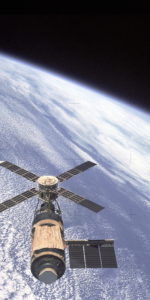
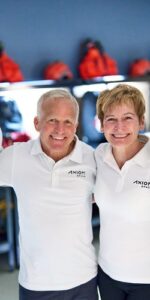
Gordon Cooper presented my dad with his space flown Snoopy Pin!